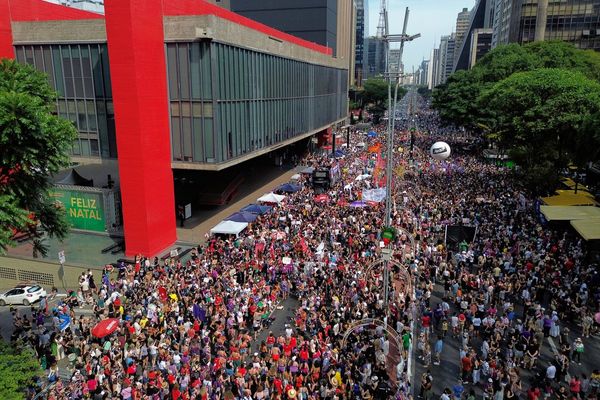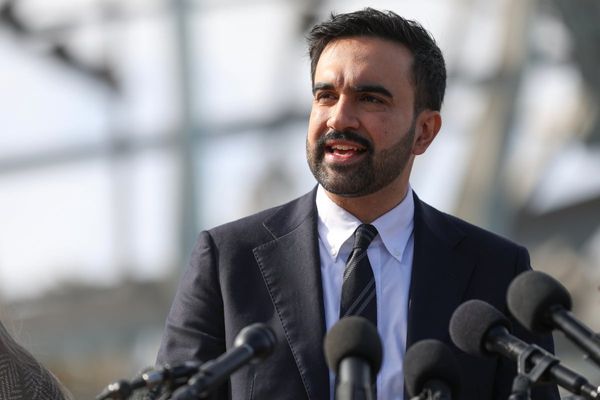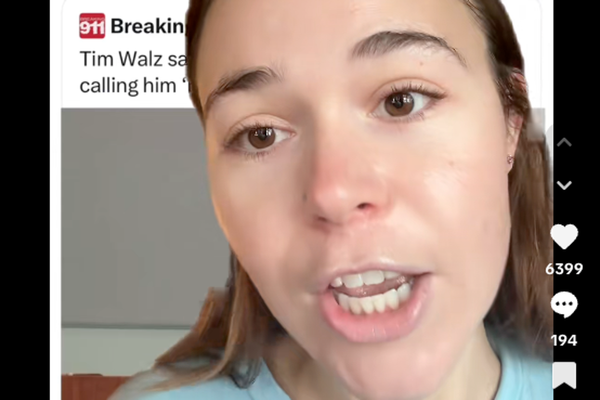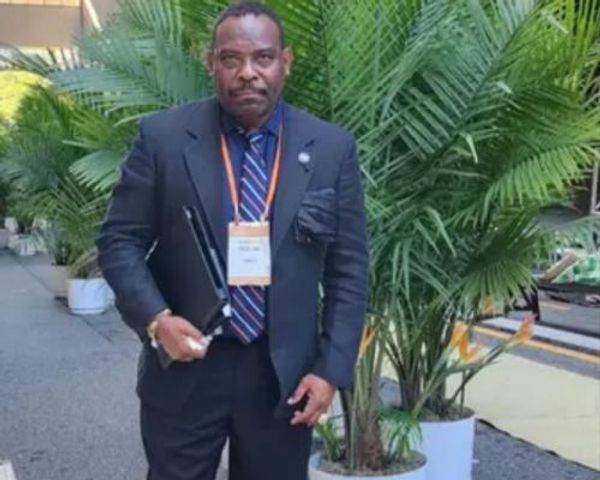
The visual effects artist Bruce Logan, who has died aged 78 after a short illness, was barely out of his teens when he supplied the finishing touch to what is widely considered one of the greatest films of all time: 2001: A Space Odyssey.
The director, Stanley Kubrick, asked the greenhorn technician, then working under Kubrick’s VFX supremo Douglas Trumbull, to supervise the title sequence in which the sun rises above the Earth and moon, to the fanfares of Richard Strauss’s Also Sprach Zarathustra.
The 1,440-frame sequence – ribbed as “Earth occultation zonk” by the crew – had been tricky to perfect; Kubrick, afraid it might be pretentious, remained unsure about using it. But Logan, who spent a day each filming the separate elements of sun, stars, Earth, moon and the film’s title, made it work.
The ingeniousness and versatility prized by Kubrick led to many other eye-catching sci-fi contributions in Logan’s career. As a second unit director of photography on the first Star Wars film (1977), he shot the destruction of the Death Star; positioning the camera directly underneath the pyrotechnics gave the illusion of a spherical explosion in a vacuum.
Serving as cinematographer on the 1982 cyberspace thriller Tron, he realiseed from his animation background that he had to shoot live-action elements of pristine enough quality to adequately mesh with the optical effects. His work on the film was truly prescient, its intricate circuitry of live action, CGI and animation signalling the way to the post production intensive digital film-making of two decades later.
Logan welcomed such new age innovations, saying in 2020: “I have totally embraced the digital age and won’t be looking back any time soon.” But he believed CGI was most powerful when building on and enhancing live-action footage, and looked back to his mentor Trumbull’s miniatures work on Blade Runner as a touchstone; a movie to which Logan made his own small contribution in the shape of repurposed effects work originally shot for the 1970 Michelangelo Antonioni road movie Zabriskie Point.
Logan bridged the transition in the VFX industry between artisanal tinkering and digitalised professionalism; in the words of his daughter, Mary Grace, he “lit the future by hand”. An abiding inquisitiveness, ambition and restlessness led him to progress rapidly through varied roles. “I think of myself primarily as an artist, a cinematographer and a problem-solver. Those three aspects combined are the essence of visual effects,” Logan later told American Cinematographer magazine.
He was born in London, to the BBC producer and director Campbell Logan and Louise (nee Rogers), a theosophy enthusiast who drove an ambulance during the blitz. The family later moved out to Bushey Heath, near Watford. Logan enjoyed maths, physics and chemistry at Merchant Taylors’ school, but was a self-starting film-maker: at the age of 12 he was already dabbling in animation.
He took cues from his father, a pioneer in the use of multiple cameras for filming BBC classical drama, who introduced Logan to his first special effect – the split screen – and gave him his first camera. Campbell also educated his son in cinema history, introducing him to the work of Kubrick, among others.
With Kubrick looking for forward-thinking talent able to help him push analogue effects-making beyond the existing limits for 2001, Logan was hired as a 19-year-old to join what he called both his “film school” and “trial by fire”.
Working in his first job (which he had acquired thanks to an amateur short film he had made) at an animation company sub-contracting to MGM for the sci-fi film, the teenager was head-hunted by Trumbull. His first duty was producing animated mock readouts for the many computer displays in the film.
The teenager, with his Beatles moptop, was habitually late for work, usually running into Kubrick arriving at the MGM lot in his Rolls-Royce. That was not a problem if the youngster delivered the goods for the notoriously demanding taskmaster. Able to both draw and shoot animation, Logan was quickly promoted – eventually also handling much of the crucial Jupiter sequence. “It seemed like nothing got done until lunch, then round about three I’d start shooting in earnest, and by the end of the day I’d got more done than anybody else,” he later recalled.
After completing work on 2001, Logan moved to the US in 1968 to work full-time for Trumbull. He fitted well into countercultural, new wave Hollywood, becoming close to Gram Parsons, the singer and star of Anthony Foutz’s uncompleted eco-thriller Saturation 70 (1969-70), on which Logan served for the first time as director of photography.
Cinematography increasingly became his focus: after meeting Roger Corman at a screening of the 1973 time-travel thriller Idaho Transfer, he shot a number of films for the B-movie director and producer, including Big Bad Mama (1974), Crazy Mama (1975) and Jackson County Jail (1976).
George Lucas, floundering so much with the post-production phase of Star Wars that he considered using puppeteers in black suits against black backdrops to manipulate his spaceships, turned to “special effects Jedi” Logan, as he was later dubbed, to help accelerate the VFX work.
He shot miniatures and explosions, including the Death Star, for the soon-to-be industry-shifting blockbuster. Logan also used the Van Nuys warehouse in California that was the base for Lucas’s company Industrial Light and Magic to craft parts for race cars; he won several national and regional race-car championships in the 1970s and 80s, and was also a licensed pilot.
He subsequently produced practical effects for Star Trek: The Motion Picture (1979) and Joel Schumacher’s 1981 sci-fi comedy The Incredible Shrinking Woman, among others.
Following his success with Tron, Logan directed his first feature, Vendetta – a lurid female-prison exploitation flick produced by Corman – in 1986. He subsequently directed or shot hundreds of TV commercials and music videos, including ones for Madonna, Prince and Rod Stewart. Perhaps pigeonholed by the entertainment industry as a visual effects specialist, he did not have a directorial career that fully ignited; his only other feature credit was for the 2018 low-budget drama Lost Fare.
But his fastidious striving for technical and creative perfection was summed up in the name of his production company: Seventh Ray, a callback to his mother’s theosophy interests referring to the alignment of inner truth with artistic expression.
Logan’s first two marriages, to Kathryn Fenton, then Margaret Mayer, ended in divorce. He entered a long-term relationship with Mariana Campos in 2014, and they married in 2022.
She survives him, as do his two children from his second marriage, Mary Grace and Campbell.
• Bruce Logan, director, cinematographer and visual effects artist, born 15 May 1946; died 10 April 2025







